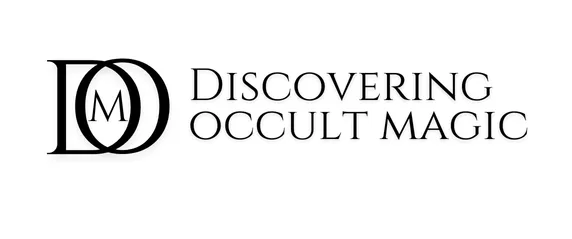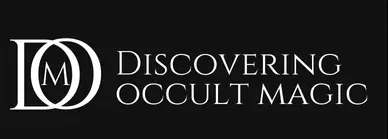This post contains affiliate links. If you purchase through these links, I may earn a small commission at no extra cost to you.
Introduction
There are books that inform, books that inspire, and books that quite literally initiate. Techniques of High Magic: A Manual of Self-Initiation, first published in 1976, has been quietly but firmly guiding solitary magicians toward the Western Mystery Tradition for nearly five decades. Written by Francis King and Stephen Skinner, two of the most respected names in twentieth-century occult scholarship, this manual remains a standout introduction for anyone serious about ceremonial magic.
For those on the outside looking in, or the solitary student wondering where to begin, this book offers both an excellent roadmap and ritual toolkit.
A Practical Manual with a Theoretical Backbone
The subtitle says it all: A Manual of Self-Initiation. Unlike many occult works that are either dense with history or rich in theory but light on application, Techniques of High Magic strikes a careful balance. It’s not just a history of ritual magic or a philosophical treatise, it’s a working manual. Every chapter is built to bring the reader one step closer to practical engagement with magical techniques.
The book begins with the foundational concepts: the nature of high magic, the philosophical underpinnings of magical worldview, and the structure of the magical universe as understood through the Hermetic, Kabbalistic, and alchemical lenses. While never overwhelming, the authors assume a level of intelligence in their reader, and they don’t shy away from referencing the greats – Eliphas Lévi, Aleister Crowley, and Israel Regardie, among others.
But what truly sets this book apart is how quickly it brings the reader into practice. From the construction of ritual tools, to the performance of the Lesser Banishing Ritual of the Pentagram (LBRP), this is a guide for doing, not just reading.
Tools, Temples, and Inner Work
King and Skinner walk the reader through the preparation of a magical temple, the consecration of elemental weapons, and the establishment of daily and seasonal practices. For those familiar with the Golden Dawn framework, the structure will feel recognisable, but Techniques of High Magic simplifies and distils it for the lone practitioner without losing the system’s initiatory depth.
What’s particularly compelling is the inclusion of meditative and psychological practices alongside the more traditional ceremonial techniques. The authors make it clear that real magic begins within. Visualisation, pathworking, and inner plane contact are treated not as optional supplements but as essential components of the magical path.
There’s also a strong focus on self-initiation, not just in the sense of ceremonial ritual, but as an unfolding of inner transformation. The text repeatedly returns to the idea that magic is not about controlling the external world so much as refining the self to better perceive and engage with the divine pattern behind it.
Rituals Covered in Techniques of High Magic
- The Lesser Banishing Ritual of the Pentagram (LBRP)
- The Middle Pillar Exercise
- Ritual Tool Consecration
- Construction of the Magic Circle and Altar
- Pathworking and Guided Visualisations
- Self-Initiation Ritual
- Planetary Invocations
- Skrying and Astral Work
Final Thoughts
In a magical landscape filled with quick-reference guides and social media soundbites, Techniques of High Magic stands as a serious and enduring manual for those who want to walk the path of initiation. It doesn’t promise miracles, but it does provide the framework to build them, one ritual, one meditation, one awakening at a time.
Whether you’re just beginning your exploration of ceremonial magic or returning to the basics after years of practice, this book offers something increasingly rare in the esoteric bookshelf: clarity, depth, and a working system that actually works.


I’ve just popped a copy in my basket! Sounds like a good read!